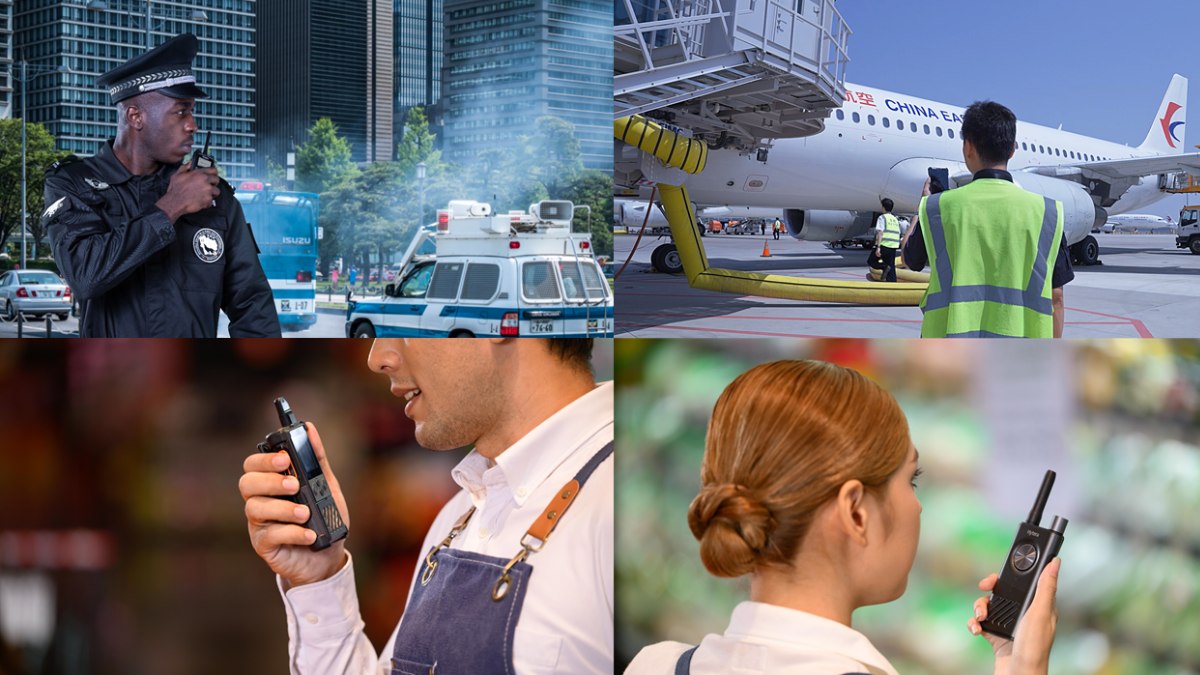How to Use Two-Way Radios Legally and Compliantly
Two-way Radio
Two-way Radios
Have you ever picked up a two-way radio, pressed the button, and just started talking—assuming that's all there is to it? You're definitely not alone. For many people, radios feel like walkie-talkies from childhood: push to talk, and you're good to go. But in reality, using two-way radios—especially in professional or commercial settings—comes with a few legal responsibilities that are easy to miss but really important to get right.
Let's walk through the basics together. No jargon, no lectures—just the stuff you should know so you don't accidentally step on the wrong frequency or break a regulation you didn't even know existed.

What Does “Legal and Compliant” Radio Use Actually Mean?
When we talk about using radios legally, we're mainly talking about three things: using the right device, on the right frequency, and at the right power level—all in accordance with local regulations. Radio waves aren't a free-for-all; they're carefully managed resources. Certain bands are reserved for critical services like police, ambulance, or aviation. Others are open for public or business use, but still have rules—especially around licensing.
Different countries have different rules. In the U.S., for example, the FCC allows certain frequencies to be used license-free (like FRS), but others (like GMRS) require a simple registration. In Europe, PMR446 radios can be used without a license—but only if they meet strict power and hardware requirements. In China, commercial users typically need to apply for a frequency license and use SRRC-certified radios. The big picture? Always check the rules where you are.
What Can Go Wrong If You Don't Follow the Rules?
You might be thinking, “But who's really listening?” Well… potentially quite a few people. And some of them might be government regulators.
A lot of people unknowingly use radios that aren't certified or tune into frequencies that are off-limits. Some modify their devices to get more range by boosting the power or swapping antennas. Others buy cheap imported radios online that look great but don't meet any compliance standards.
The consequences? They can range from fines and confiscation of equipment to interference with emergency services—and that's where it gets really serious. In some places, people have even been charged for unintentionally disrupting police or airline communications. So yes, it's worth getting this right.
So, What's the Right Way to Use a Radio?
The good news is: staying compliant isn't that complicated. First, always buy certified equipment. That means radios with the proper approvals—FCC in the U.S., CE in Europe, SRRC in China, etc. Don't go for “super high-power” radios unless you know exactly what you're doing—and you've got a license to match.
Second, use the radio as intended. Stick to the frequencies it was designed for. If you're operating as a business, check whether you need to register your frequency. And if you're managing a team, make sure everyone knows the dos and don'ts. Just like driving a car—you don't have to be a mechanic, but you do need to follow the rules of the road.
Picking the Right Radio for the Job
Not all radios are created equal, and using the right one for your scenario makes a big difference—not just for performance, but for legal compliance too. For example, if you're in law enforcement, you need something tough and encrypted like the Hytera HP780, which is built for mission-critical communications. If you're working in an airport, a smart device like the Hytera PNC560 helps combine voice, video, and data over cellular—ideal for fast-moving operations.

In industrial and commercial settings, something simple and efficient like the Hytera S1 works great. And for field inspections or powerline patrols, lighter, portable models like the Hytera P30 or P5 Series make daily tasks more manageable. Using a radio that fits your environment helps avoid the temptation to tweak it beyond legal limits—and keeps everyone safer.
Is PoC the Easier Way?
You've probably heard of PoC—Push-to-Talk over Cellular. These radios use 4G/5G networks or Wi-Fi instead of traditional radio frequencies, which means they usually don't require a frequency license. That's a big win for many organizations who want to avoid regulatory red tape.
Devices like the Hytera PNC series run on Android and give you real-time voice, video, messaging, and GPS—all with the simplicity of a radio interface. But keep in mind: even though you're not dealing with RF licenses, PoC radios still need to be certified for telecom networks, and your platform provider should comply with local data and cloud hosting rules. Plus, they rely on mobile signal—so if you're in a dead zone, the magic stops.
Two-way radios aren't going anywhere—they're reliable, fast, and perfect for team-based work. But just like any tool, they come with rules. Staying legal is mostly about being informed: get the right gear, follow local guidelines, and train your team to use radios responsibly.
Trust me—whether you're coordinating a warehouse, patrolling a city street, or managing airport logistics, it feels a lot better to push that PTT button knowing you're not breaking any rules.






